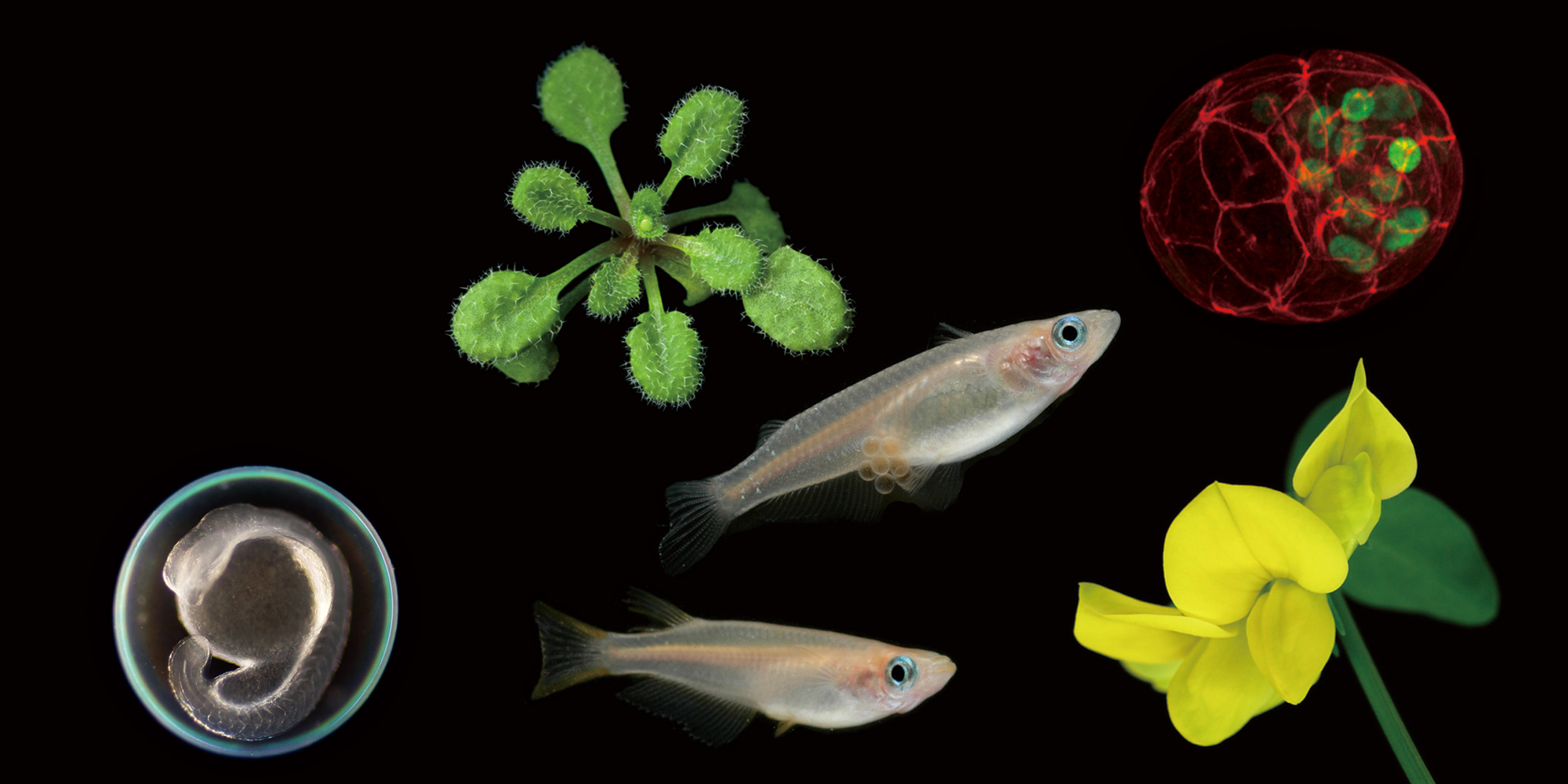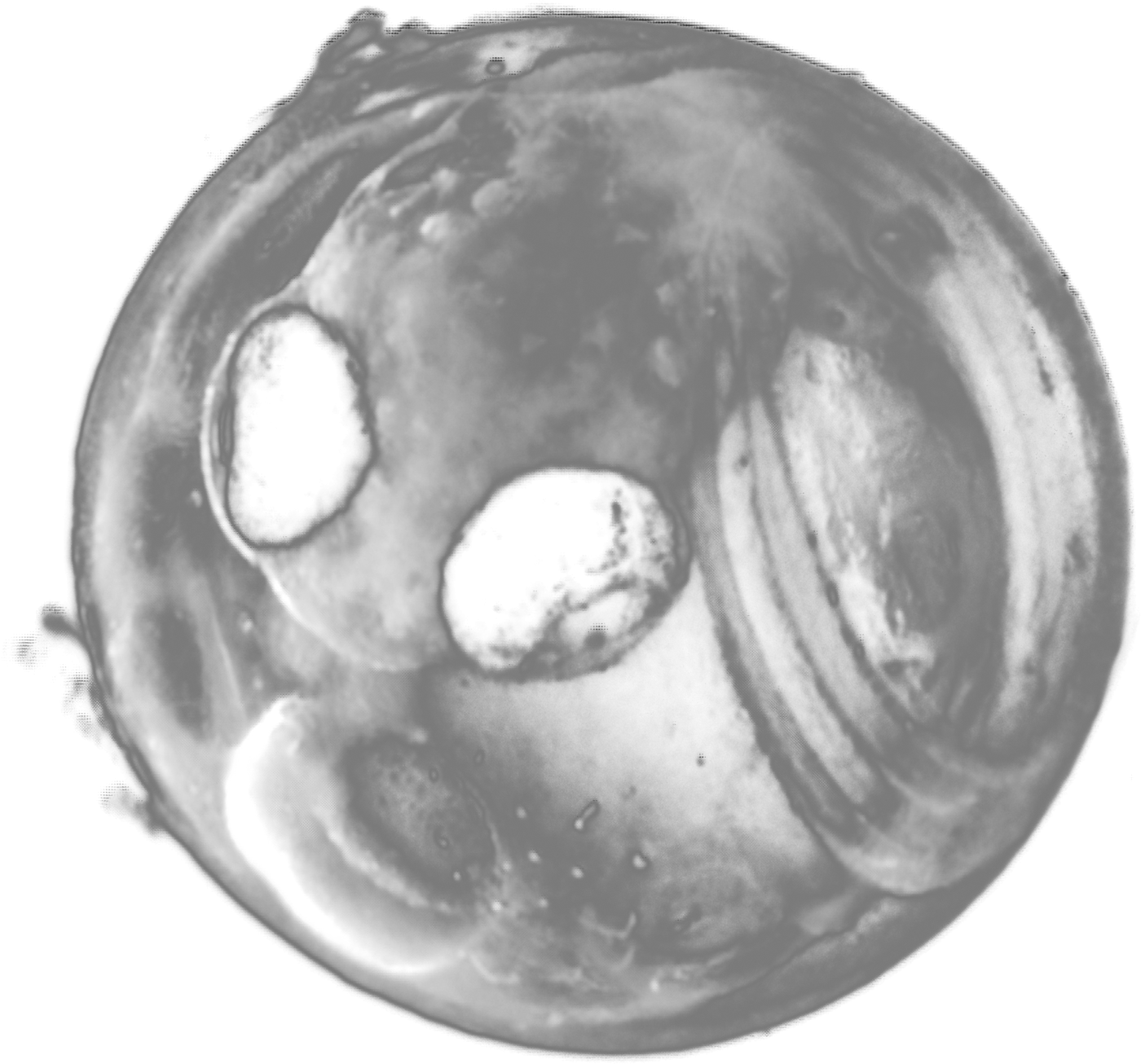2020.01.16 Open Seminar
Linking olfaction and behavior with experience
Chie Satou Researcher (Friedrich Miescher Institute for Biomedical Research, Basel, Switzerland)
2020. 01. 16 (Thu) 14:00 ~ 15:00
Common Seminar Room, 2F Bld. 3, Yamate
Shin-ichi Higashijima [Division of Behavioral Neurobiology] (5875)
Learning to generate appropriate behavior for specific sensory contexts is a critical faculty for animal survival, yet how this is achieved by the brain has remained elusive. In order to study this faculty, we have studied the zebrafish olfactory system during an odor discrimination task. We found a small region (termed DcOB) in the zebrafish telencephalon that is important for linking olfactory information with appropriate behavior, in an experience dependent manner.
To determine information flow within the olfactory circuit in adult zebrafish, we developed viral techniques for regtograde and transsynaptic neuronal tracing in adult zebrafish. Using these viral techniques, we found that the DcOB region receives input from Dp, a zebrafish homologue of the mammalian olfactory cortex, while broadcasting its output back to the olfactory bulb, the first olfactory processing centre. By comparing transcriptomic profiles between zebrafish and mouse brain regions, we aim to map these zebrafish regions to their mammalian counterparts.
To characterize DcOB function, we recorded neural activity in DcOB during an odour discrimination task with in vivo calcium imaging. In naïve fish, neurons in DcOB did not exhibit odour responses. However, odour responses in DcOB emerged after association of an odour with a reward during the odour discrimination task. Largest responses were evoked by conditioned odours while novel and unconditioned odours evoked weaker responses. The magnitude of the odour response correlated with the behavioural performance during the task, while selective inactivation of OB-projecting neurons in DcOB severely impaired associative olfactory conditioning. Based on these results, we propose that neurons in DcOB are important in linking specific behaviours to odour stimuli during associative learning.







